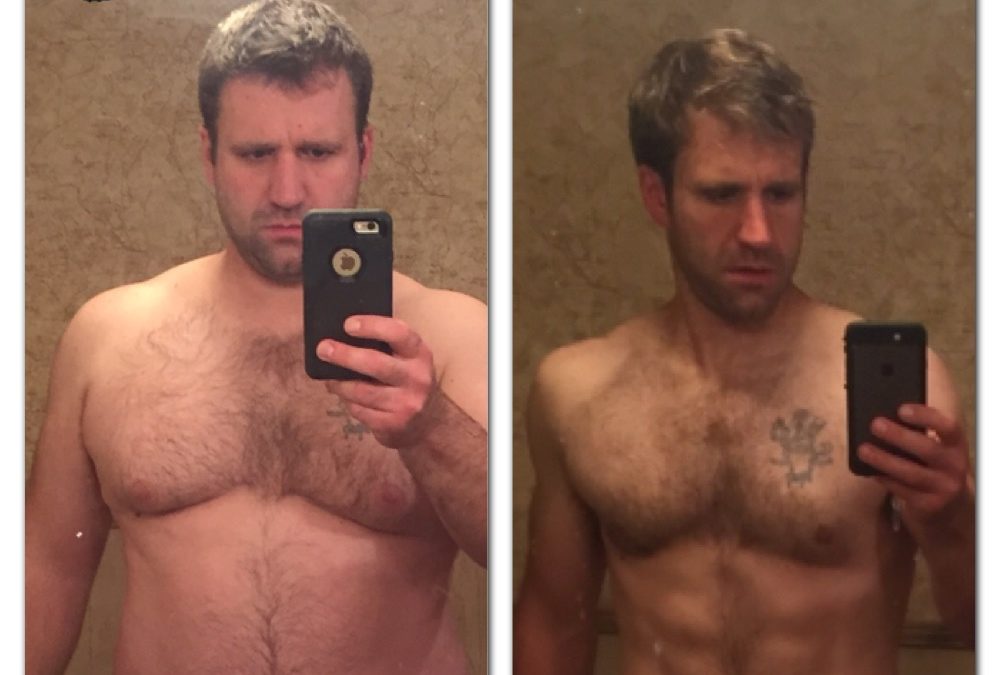Eat less, run more.
Ok, it’s a little more complicated than that- only a little though. Really, weight loss happens every time you burn more calories than you eat. If you’re not losing weight, you’re eating more calories than you’re burning. Every time.
Paleo Diet, Keto Diet, Intermittent Fasting, Vegetarian, Carnivore Diet, McDonalds 5x/day…
You can lose weight following any of the above methods as long as you’re burning more calories than you’re eating.
I’m not a big fan of the mindset of working to out-burn my calories through. This can lead to an obsession with exercise and no one wants to be that guy or gal that drops to the floor and does 10 Burpees between every M&M they eat. I’m also not a fan of the “just eat less” mindset (Yes, I know I started this blog post by literally telling you to eat less, but it caught your eye so chill…) because it can lead to under eating and malnutrition.
You need to find a balance of both increasing your calories burned, and decreasing your calories consumed. If you burn 3,500 calories in a week over your caloric intake, you’ll lose a pound of fat. Sounds simple, right? Well, how many calories are you eating? How much activity will it take for you to burn enough? What if you eat 2,200 calories today, but 2,300 calories tomorrow? Not so simple…
To do this right it needs to be done in steps and you need to clear one before moving to the next.
- Just eat good food. Cut out the high calorie, low quality snacks. Stop going out to eat so much. Spend a week or two simply getting used to eating nutrient dense foods.
- Track your caloric intake. Thanks to apps like MyFitnessPal this is extremely easy. You simply need to buy a food scale and begin weighing and measuring your food so you know exactly how many calories you’re eating. It’s going to be extremely hard to ensure your “calories in” < “calories out” if we don’t know how many calories that is.
- Stay consistent. Once you are eating good food and tracking your calories, keep them consistent for 2 weeks.
- Adjust accordingly. If you’re not losing weight, it’s time to drop your calorie intake. It’s very important that you don’t drastically drop your calories. A 300 calorie drop should suffice.
- Be NEAT. This stands for Non Exercise Activity Thermogensis and basically just means the calories you burn every day NOT counting exercise. You can do this by walking the dog, taking the stairs, parking farther away, etc. I highly recommend you find as many ways to do this as possible, as the calories burned really start to add up.
After following these steps you should have a pretty good understanding of the calories it takes to lose weight. From here, you’ll need to start looking at the differences in each macronutrient (Protein, Carbohydrates, Fat) and the amounts you need to feel good. I’ll get you up to speed on that in Part II, but for now you have more than enough information to get the ball rolling!




